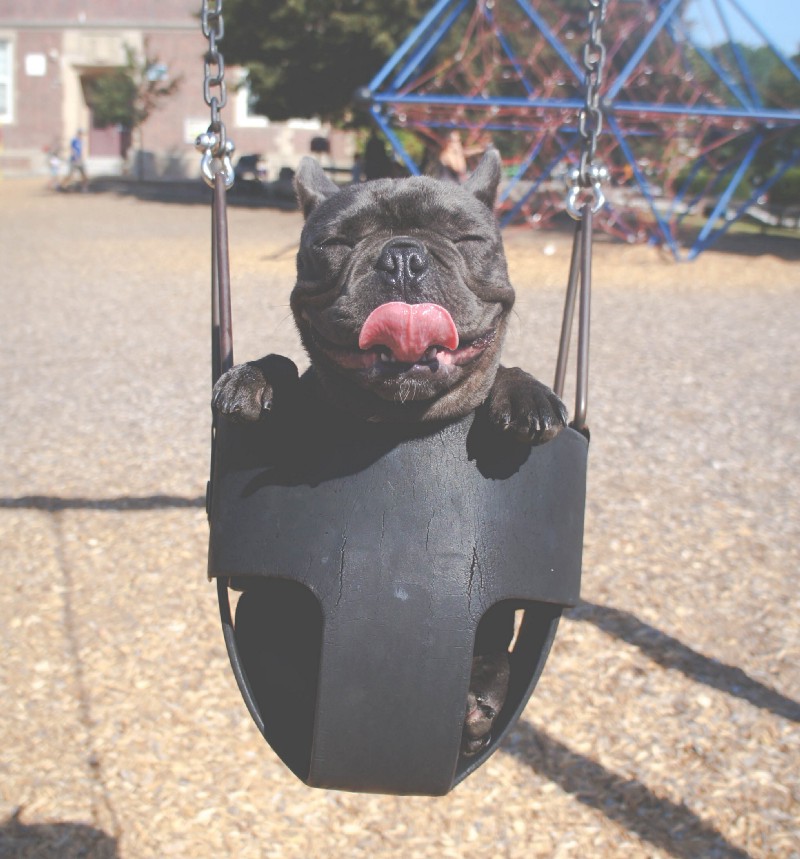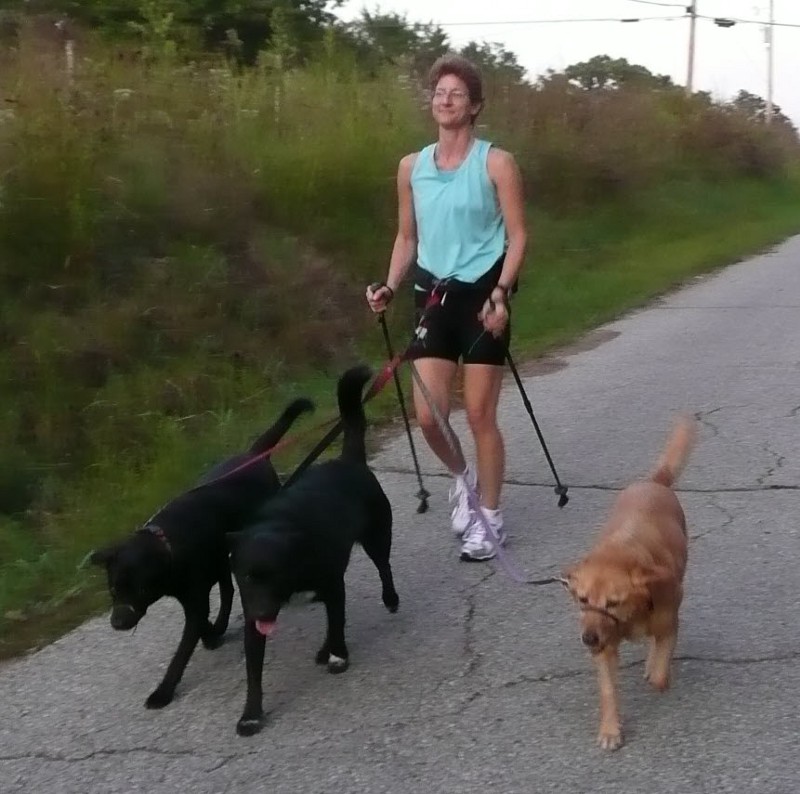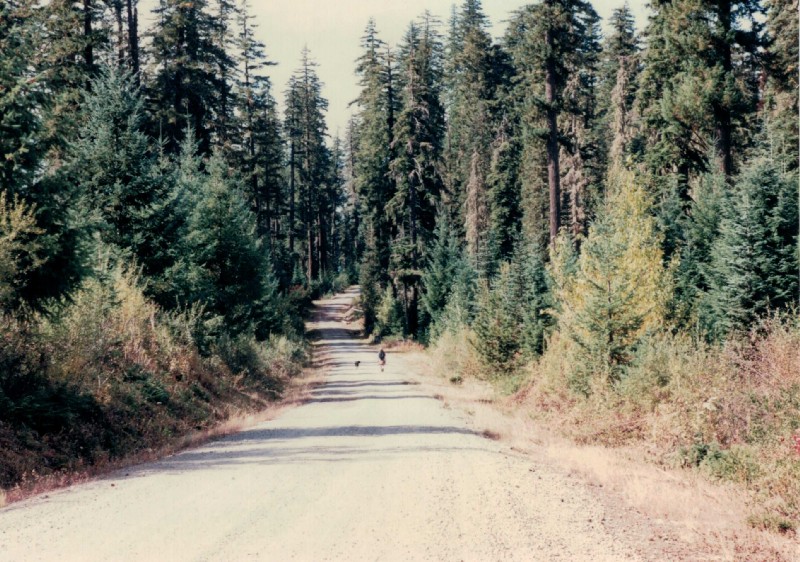My personal Top 3 and favorite Top 3 from others

In response to Daryl Bruce’s Top 3 prompt, I took on the challenge of picking three of my own stories that I’m proudest of and selecting three favorites from among many by my fellow writers. After much consideration, here’s what stood out to me in 2019.
My Personal Top 3
Smokescreen
An essay about moving past my strained relationship with my father, Smokescreen was my first piece to be accepted by a literary journal outside of Medium and opened the door to publishing regularly on Medium. I shared Smokescreen in a creative nonfiction Facebook group and was invited to publish it in Indelible Ink on Medium.
The essay was curated in Family, and I received numerous comments about how the piece resonated with readers. Its publication was the permission I’d been waiting for to embrace my identity as a creative writer. It boosted my self-confidence and is the piece I come back to when my confidence begins to wane.
Altered Perceptions
After Smokescreen’s positive reception on Medium, I began to comb through writing exercises completed for various classes and workshops I’ve taken. Altered Perceptions, about my husband’s humorous first kayaking experience, began as an exercise in description. While the story itself is fine — my husband gets disoriented and thinks he’s floating downriver when he’s twenty yards in front of the dock where I stand — it needed something more. There was a lesson in there somewhere, and thus Altered Perceptions was born.
What’s special to me about this piece is that it showed me how I can take existing material and weave a bigger story around it. As I learned in a recent course on story structure, there should always be a top story (my husband’s experience) and a bottom story (perceptions can be misleading).
When Loss Becomes Part of Us
I’ve always used writing to work through my feelings, but When Loss Becomes Part of Us was the first time I had written about how I process emotions, specifically grief. I was shocked by the reception this essay received. It was curated in Family and Mental Health, and many readers commented about their own experiences with grief.
Like Smokescreen, this essay resonated with readers, and a few thanked me for sharing the concept of absorbing grief into our emotional tapestry as an alternative to the idea of “moving on” from grief. Both essays showed me how being vulnerable on the page is a form of therapy and a way to foster deeper connections with readers.
My Top 3 by Other Writers
It’s Okay to Have Multiple Identities
I wrote about this one in my November Top 3 article. Because understanding this concept is important to our self-esteem and sense of well-being, I wanted to share it again. Niklas Göke discusses the theory of identity negotiation, proposed by sociologist Erving Goffman. In each of our various relationships, we adopt a slightly different identity, one shaped by the roles we play in each relationship.
When we understand it’s natural to feel like a different person in different situations, that we actually should feel a little different depending on the relationship, we stop trying to be all things to all people. If we are comfortable with these roles, fulfilling them can enhance our connections with others.
You Are Who You Think You Are: How Your Identity Shapes Your Life
I’m always inspired by Ayodeji Awosika’s advice for living authentically. Keeping with the theme of identity, this article explores how the negative stories we tell ourselves about ourselves keep us stuck. He draws on Carol Dweck’s work on mindset to describe how he used personal narrative, the things we say and believe about ourselves, to transform his perception of himself from lazy to motivated and productive.
Awosika invites readers to challenge the stories we tell ourselves and literally re-write them through a series of steps that first identify such stories and then turn them around from “I am” statements, such as “I’m lazy,” to “I’m working on” statements, such as “I’m working on being more productive.” This article has the potential for profound transformation if you find yourself mired in negative self-perception.
I Watched My Husband Die and Come to Life in a Single Day
This stunning personal essay by Karie Fugett had me in tears by the end. Fugett takes us through the nightmare of watching her husband’s escalating addiction to opioids. A young war veteran, he suffered an injury on the battlefield that led to an amputated leg, an onslaught of pain medications, a near overdose, and the fatal overdose of a friend.
Fugett’s essay is both an indictment of health care for veterans, highlighting the growing rates of veterans addicted to prescribed opioids and their elevated risk of overdose, and a deeply personal journey that brings the reader into her world. This is an important essay for understanding the severity of the opioid epidemic among veterans and is a piece worth studying for the craft of creative nonfiction.



















